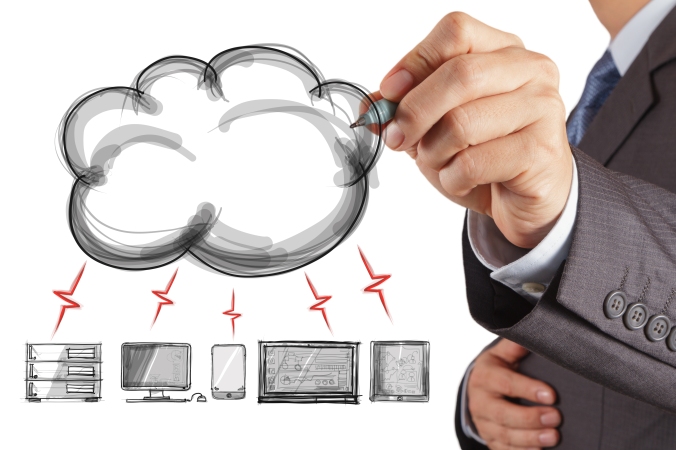The healthcare landscape has always been a dynamic and unpredictable one, but never more so than the present day. Leaps and bounds in technology have been transforming the healthcare industry in more ways than one. And no aspect of health has been unfolding as dramatically as the administrative and computational softwares that are the very backbone of the market.

As crunching “big data” becomes ever more integral to the daily operations of healthcare management systems, it is becoming equally as important for healthcare systems of today to be ready to tackle not just the current industry challenges, but be prepared to adapt to the changes of tomorrow. Machine-learning-based models, then, are vital to providing the comprehensive healthcare solutions necessary for caregivers and providers to offer the best patient monitoring and clinical decision support possible. As a result, myriad hospitals and other healthcare facilities are making the switch to cloud-based Electronic Health Records (EHR). A high-quality EHR system contains an algorithm constructed of four primary stages: pre-processing, feature extraction, feature ranking, and classifier design. This setup is primed for comprehensive data storage and trend research like never before.
Here are some of the key features that the best healthcare administrative frameworks should retain:
- Data collaboration and sharing. Data mining is an enormously daunting task, and requires specific statistical and mathematical feature extraction in order to be truly successful.
- Operation Efficiency. Highly advanced and intuitive software is necessary in order to improve patient outcomes. This efficiency can only be achieved through deeper insight into outcomes and costs, which in turn enhance operational decision-mmaking.
- End-to-End Solutions. This includes predictive analytics, centralized data warehousing, comprehensive asset management, and enterprise content management.
- Workflow management software solutions. You need a framework that makes room not just for your administrative needs, but more importantly for your patients.
Countless hospitals and clinics across the United States who are making the switch to EHRs and predictive analytics systems are being rewarded with fewer costly clerical errors and lower fatality rates.
“It’s starting to allow for more standardized medicine,” says David Kaelber, physician andents chief medical informatics officer of Cleveland’s MetroHealth. While initial implementations can be expensive and challenging to get used to — particularly for facilities deeply entrenched in paper records — the switch to cloud-based data storage allows for both easier, securer access and greater analytical capabilities. Healthcare predictive analytics is the key to refining healthcare administration — and, by extension, saving even more lives.